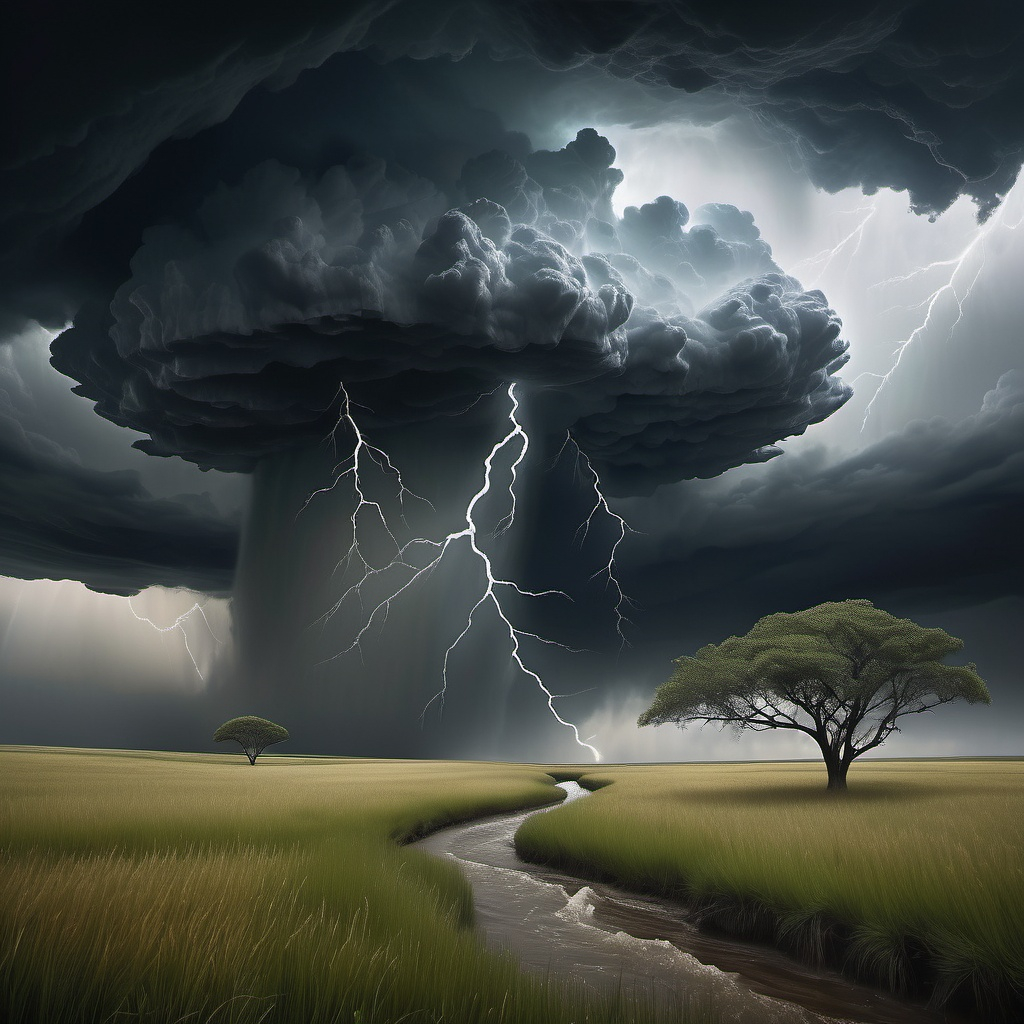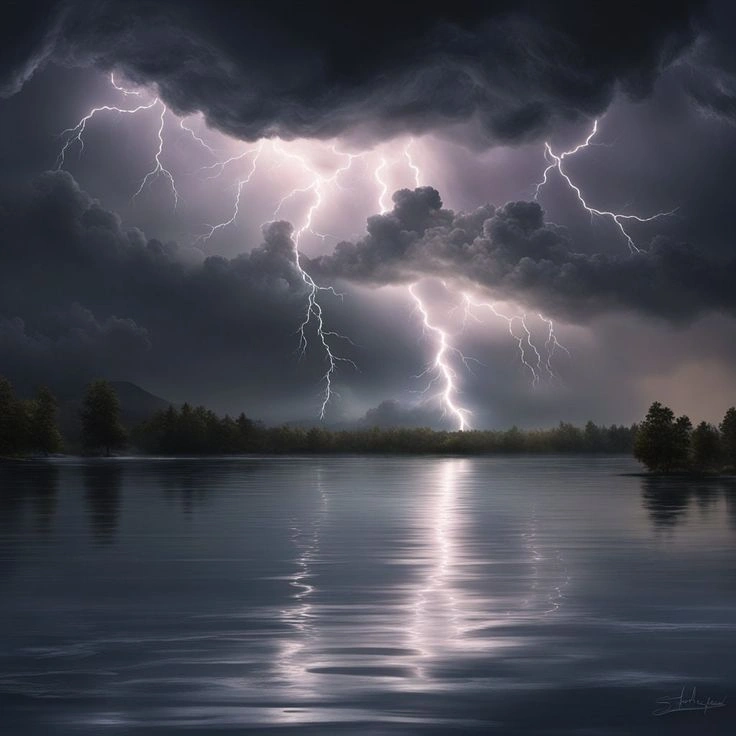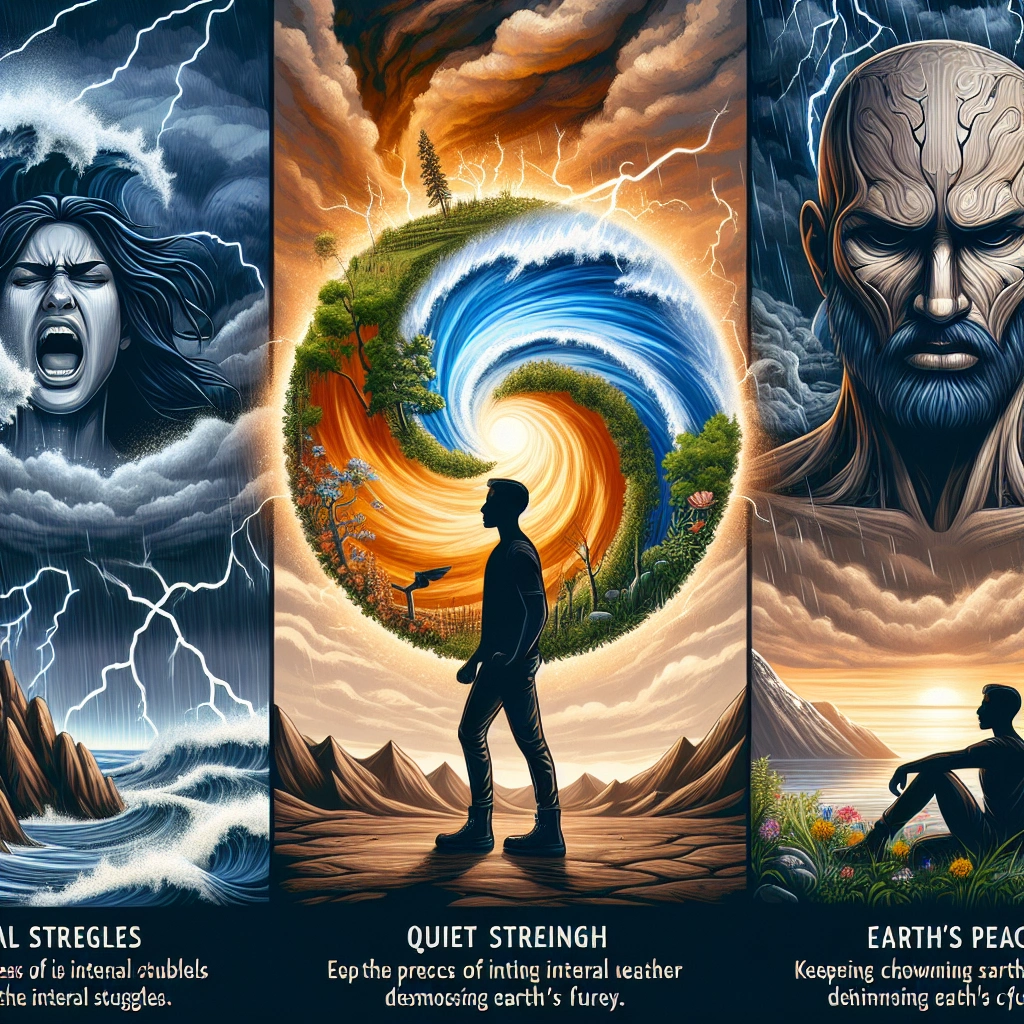The cyclical dance of the seasons reveals a profound interplay between our internal landscapes and the external world, weaving a tapestry where nature and human emotion are intricately linked. Each seasonal shift heralds change, resonating with our moods and reflecting the transformations in the natural realm.
As the Earth gracefully transitions from the vivid blossoms of spring to the golden embrace of summer, through the warm tapestry of autumn, and into the serene stillness of winter, our bodies mirror this journey. The body awakens like spring’s first flowers, flourishing in the sun-drenched days of summer. As time passes, it begins to descend, reminiscent of autumn’s gentle fall. Ultimately, the atoms in the body disperse, entering a restful phase akin to winter’s peaceful slumber.
Our mental and emotional landscapes ebb and flow through this rhythmic cycle, weaving a rich tapestry of emotions. Spring signifies new beginnings, renewal, and hope, igniting moments of inspiration and creativity. Summer brings vitality and joy, where connections flourish and passions bloom into life. As autumn arrives, we are encouraged to reflect and release what no longer serves us, reevaluating our lives and embracing change. Winter invites us into a time of rest and introspection, urging us to seek solace and recharge for the journey ahead.
In this cyclical rhythm, our emotions rise and fall, reminding us of the beauty of growth and rest as each season echoes the dance of our inner lives.
Beneath this ever-changing facade lies the enduring spirit of nature, steadfast and unwavering.
This paradox invites us to explore a deeper inquiry: Is there an intrinsic connection between the cycles of our bodies, minds, and emotions and the tempests that arise in the world?
Our physical forms undergo a metamorphosis every seven years, shedding old cells and welcoming new ones. This rhythm of renewal resonates with nature’s cyclical regeneration, suggesting an interconnectedness that warrants deeper examination.
Consider the moods of the earth—tornadoes, hurricanes, and storms often emerge during periods of collective unrest and emotional upheaval.
Could our unacknowledged e-motions—energy in motion—shape the world around us? Since energy cannot be created or destroyed and constantly moves and changes, might these emotions reflect our shared consciousness, acting as a mirror for our collective experience?
In this perspective, our unconscious acts as a projector, projecting repressed feelings into our surroundings. The environment then serves as a screen, reflecting the energies of our collective consciousness back to us.

This symbiotic relationship compels us to ponder whether our inner turmoil reverberates through the atmosphere, stirring the elements to respond in kind. The storms that ravage our landscapes may not merely be natural phenomena; they could serve as poignant expressions of our emotional landscape, reminding us of the delicate balance between our inner worlds and the outer environment. This invites us to consider how our shared emotional states shape the very fabric of our surroundings.
Moreover, consider why individuals are drawn to storm-ridden regions despite being aware of the cyclical disasters they face? Is it a coincidence that these communities inhabit landscapes that resonate with nature’s tempestuous moods?
Perhaps those who reside in these tempestuous areas resonate with the emotional intensity of their environment, creating a magnetic attraction that defies rational explanation.
This exploration opens a dialogue about how we inhabit our spaces and the emotional energies we project into the world. It challenges us to recognize the power of our collective emotional states and their potential influence on our surroundings. By embracing this interconnectedness, we may find pathways toward healing—individually and collectively—to transform our inner storms into a harmonious balance that nurtures self and nature.
In the grand tapestry of existence, each thread—a storm or a moment of serenity—illuminates the intricate connections binding us to one another and our world. Inquiry into these relationships is not merely academic; it is a call to awaken to the profound symphony of life, urging us to harmonize our inner landscapes with the external rhythms of nature.

In conclusion, scientific studies, such as the “Maharishi Effect,” explore how group meditation impacts the environment through collective consciousness. The research indicates that when enough people meditate together, nearby violence and crime rates can decrease, as shown in a 1990s study published in the Journal of Crime and Justice that noted significant reductions in crime during these periods.
By acknowledging our emotional and spiritual connection to nature, we can tap into the potential for significant transformation within ourselves and the world around us.
Embrace this transformative journey through fitness, meditation, mindfulness, and stress reduction techniques. Begin your path to genuine happiness and well-being today. Visit us at personaltrainerny.com to start your journey toward a more happy and fulfilling life.


